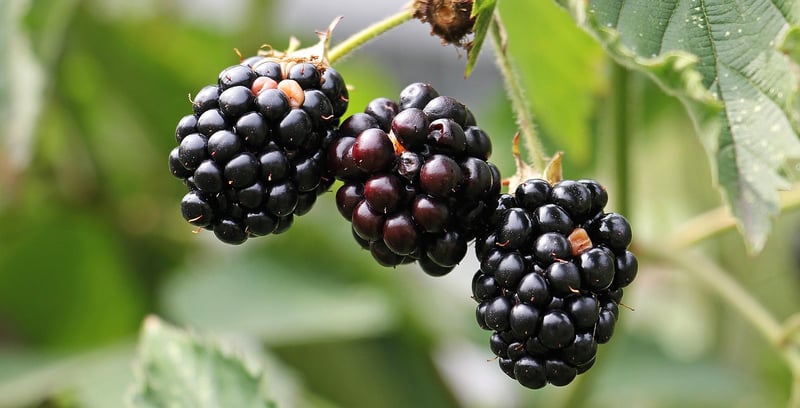Edible Gardens
Creating Your Edible Garden: Choosing the Right Plants
Are you considering starting your own edible garden but unsure which plants to choose? Selecting the right plants is crucial for a successful and bountiful harvest. Here are some tips to help you make informed decisions for your edible garden:
1. Understand Your Climate
Before choosing any plants for your garden, it's essential to understand your climate. Different plants thrive in various climates, so make sure to select edible plants that are well-suited to your region's weather and temperature conditions.
2. Consider Your Space
Take a look at the space you have available for your garden. If you have a small balcony, you might opt for container plants like herbs and cherry tomatoes. For larger spaces, you can consider planting vegetables like zucchini or cucumbers that require more room to grow.
3. Choose Plants You Enjoy Eating
When selecting plants for your edible garden, choose varieties that you and your family enjoy eating. Whether it's fresh herbs for cooking, juicy strawberries for snacking, or colorful bell peppers for salads, growing what you love to eat will make the gardening experience more rewarding.
4. Start with Easy-to-Grow Plants
If you're new to gardening, consider starting with easy-to-grow plants like basil, mint, lettuce, or cherry tomatoes. These plants are beginner-friendly and can help build your confidence as a gardener.
5. Mix It Up
Creating a diverse garden not only adds visual interest but also promotes biodiversity and can help with pest management. Mix different types of plants, such as leafy greens, root vegetables, and fruit-bearing plants, to create a balanced and thriving edible garden.
6. Plan for Succession Planting
Plan your garden layout to include succession planting, which involves planting new crops as soon as one crop is harvested. This allows you to maximize your garden's productivity throughout the growing season.
7. Consider Perennial Plants
In addition to annual vegetables, consider incorporating perennial plants like asparagus, rhubarb, or berry bushes into your garden. Perennials come back year after year, reducing the need for replanting and providing a reliable harvest.
8. Research Companion Planting
Explore companion planting, a gardening technique where different plants are grown near each other to benefit one another in various ways, such as pest control, improved growth, and flavor enhancement. Understanding which plants complement each other can help optimize your garden's health and productivity.
With these tips in mind, you can confidently choose the right plants for your edible garden and enjoy a season full of fresh, homegrown produce.

Start your edible garden journey today and reap the rewards of growing your own food!
For more gardening tips and inspiration, visit Royal Horticultural Society - Grow Your Own.
